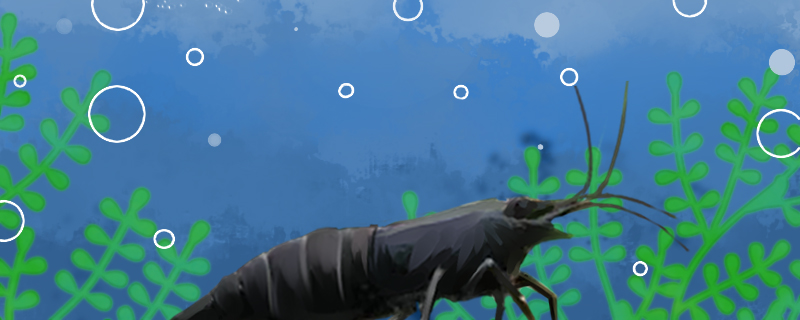
Shrimp itself belongs to omnivorous animals, and there are many things that can be eaten, but because shrimps have not yet grown up, the food options are relatively limited. Usually the newly hatched shrimp will eat plankton and some single-celled algae, and when it grows up, it can eat other aquatic plants, as well as small invertebrates.
1. Pay attention to the water quality: When raising shrimps, first of all, you should ensure that the water quality is good. Generally, tap water is used for raising shrimp at home. After disinfection, the tap water is relatively clean, but contains residual chlorine, so it can only be used after drying. In addition, in order to maintain water quality, in addition to filtering better, but also need to change water regularly.
2. Pay attention to the water temperature: Shrimp has certain requirements for the temperature. If the temperature is too low, it will freeze to death. If the temperature is too high, it will be harmful to its health. If it exceeds 28 ℃, it will affect reproduction. Usually, the water temperature should be maintained at about 22-24 degrees Celsius, which can be raised to 25 degrees Celsius during spawning.
3. Pay attention to cleaning: After feeding the shrimps at ordinary times, it is necessary to clean up the uneaten things. Otherwise, the residual bait in the water will cause the water body to continue to deteriorate and threaten the survival of the shrimps. In addition, when changing water, it is better to discharge the dirt at the bottom of the water, especially its feces.